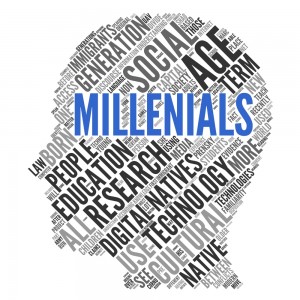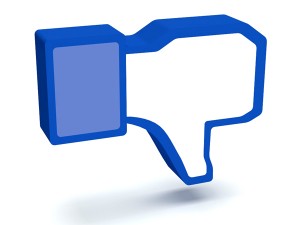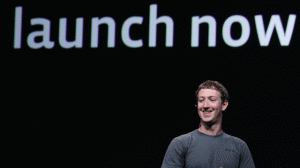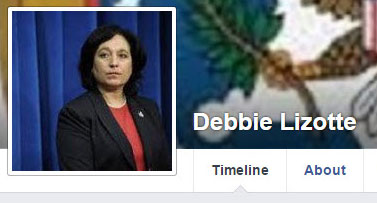7 Simple Ways to Get More Facebook Likes
Facebook can be a very effective tool in marketing your business and driving customers to your website. However, in order for this to happen, you...
4 min read
 Peyton Hutchinson
:
Mar 18, 2014 2:41:02 PM
Peyton Hutchinson
:
Mar 18, 2014 2:41:02 PM

 results were heavily dismissed, their predictions were not completely unfounded.The fact of the matter is that Facebook’s popularity is dropping. This decline cannot be seen all across the board, but among Millennials, the up and coming check books of the economy, it has become significant enough to warrant hesitation. And so, the question arises: is Facebook still worth your marketing budget dollars?
results were heavily dismissed, their predictions were not completely unfounded.The fact of the matter is that Facebook’s popularity is dropping. This decline cannot be seen all across the board, but among Millennials, the up and coming check books of the economy, it has become significant enough to warrant hesitation. And so, the question arises: is Facebook still worth your marketing budget dollars?
So, with all these substantial losses, how is Facebook still growing overall? By growing old. Ten years after going public in 2004, it seems the faces of Facebook are beginning to take on some wrinkles.
In the same study cited above, the 55-and-older category of users has displayed an astounding 80% growth, increasing from approximately 15.5 million to 80 million in only three years. Don’t get me wrong, the older crowd should have the same right, the same access to the benefits of social networking hubs; however, how does their increased presence affect the Millennial view of Facebook?
 After all, how many embarrassing baby photos can a teen or twenty-something take? How many awkward conversations about the length of that dress you wore out last week or, better yet, that girl you took out last week? Don’t get me wrong, with age comes wisdom; however, us Millennials have reached the age at which we want to acquire that wisdom on our own terms, through our own experiences.
After all, how many embarrassing baby photos can a teen or twenty-something take? How many awkward conversations about the length of that dress you wore out last week or, better yet, that girl you took out last week? Don’t get me wrong, with age comes wisdom; however, us Millennials have reached the age at which we want to acquire that wisdom on our own terms, through our own experiences. The problem: too many options translating into too much information.Assess the opposition:
The problem: too many options translating into too much information.Assess the opposition:
 That being said, more than 1 million companies are still buying FB ads. Why? The answer is quite simple: it’s what they have been told to do. Facebook is the big kid on the block when it comes to social media sites and, therefore, it appears to the untrained eye to be THE perfect marketing platform for ALL brands and products.
That being said, more than 1 million companies are still buying FB ads. Why? The answer is quite simple: it’s what they have been told to do. Facebook is the big kid on the block when it comes to social media sites and, therefore, it appears to the untrained eye to be THE perfect marketing platform for ALL brands and products.
Facebook can be a very effective tool in marketing your business and driving customers to your website. However, in order for this to happen, you...

There is a new Facebook scam going on right now! Watch out you could get scammed out of a lot of money.

There are a few things in life that are certain……….. death, taxes and a Facebook algorithm change. Earlier this month the social media giant...